Cham Islands, 20km off the coast of central Quang Nam province’s Hoi An town, and Ca Mau Cape, the southernmost part of the country, were officially recognised as World Biosphere Reserves by UNESCO last May, paving the way for a year of success.
Then, a collection of Nguyen dynasty wood blocks was named a Memory of the World by UNESCO for the first time.
In late September and early October, UNESCO also recognised Quan Ho Bac Ninh singing (Bac Ninh folk love duets) and Ca Tru (ceremonial songs) as part of humanity’s intangible cultural heritage.
Pham Sanh Chau, Head of the Foreign Ministry’s Cultural Diplomacy Department and General Secretary of the Vietnam National UNESCO Committee, said these recognitions are the rewards of Vietnam’s effort in forming a master plan and a detailed roadmap for developing and submitting documents to UNESCO for nomination.
Vietnam has sent to UNESCO four documents concerning the stone stele of doctoral graduates in the Le-Mac dynasties (1442-1779) at Hanoi’s Van Mieu-Quoc Tu Giam (Temple of Literature), the stone mountains of Dong Van Plateau in Ha Giang province, the Thang Long Royal Citadel and the Saint Giong Festival.

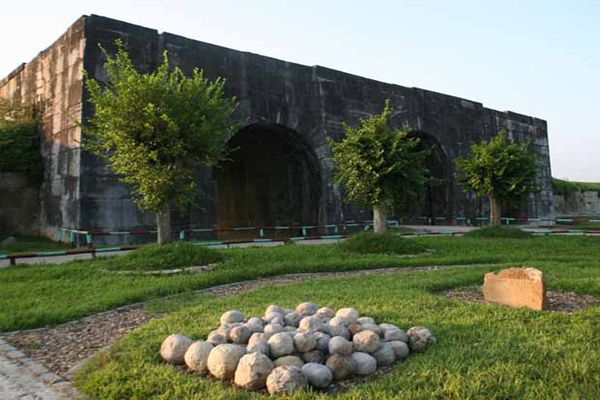
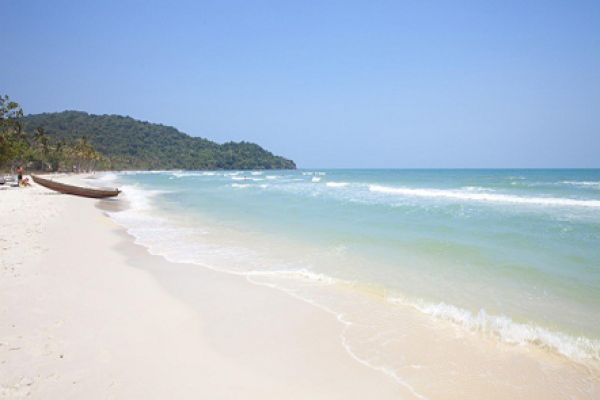
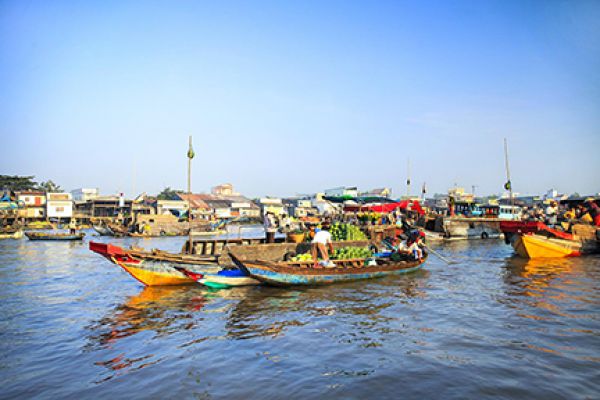



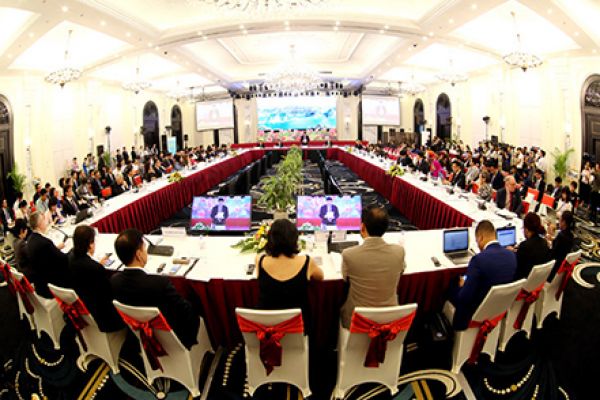
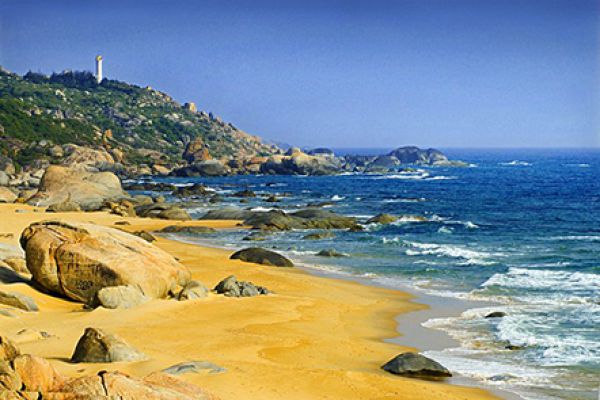
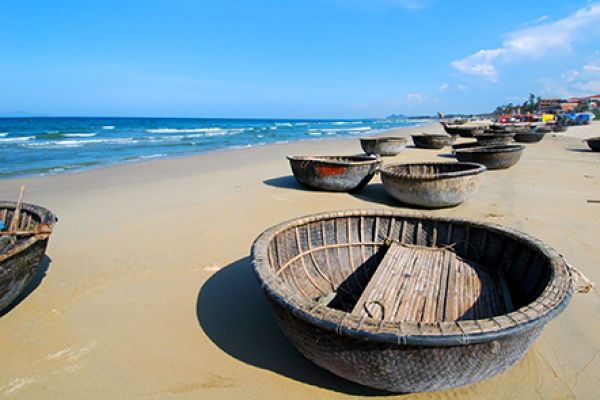
(84-63) 3 826042 – (84-63) 3 511142
No 54 Nguyen Dinh Chieu, Ham Tien Central Mui Ne Beach Binh Thuan Vietnam
523 To Hien Thanh District 10 Ho Chi Minh City Vietnam
Ha Long Halong City Quang Ninh Vietnam
A13 Hung Thong 2 Halong City Quang Ninh Vietnam




